K.R.H. Sonderborg
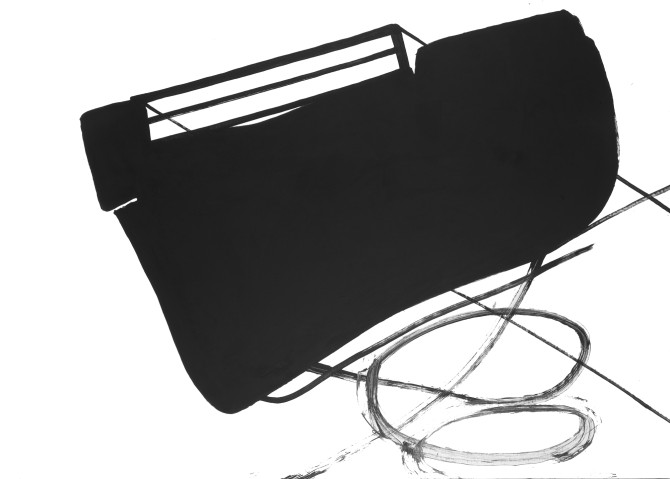
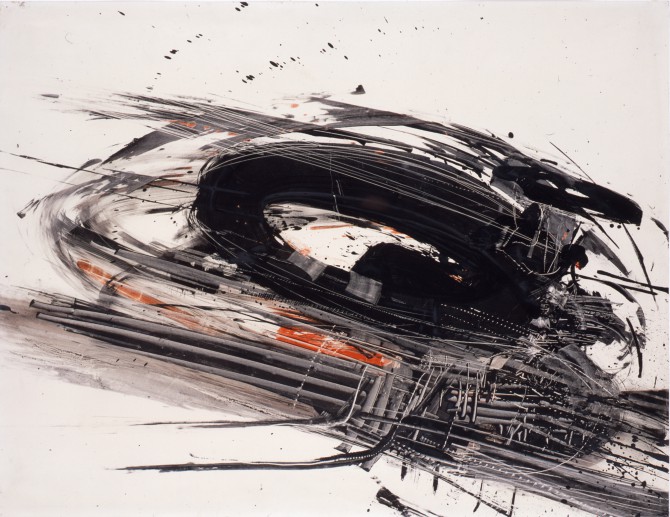
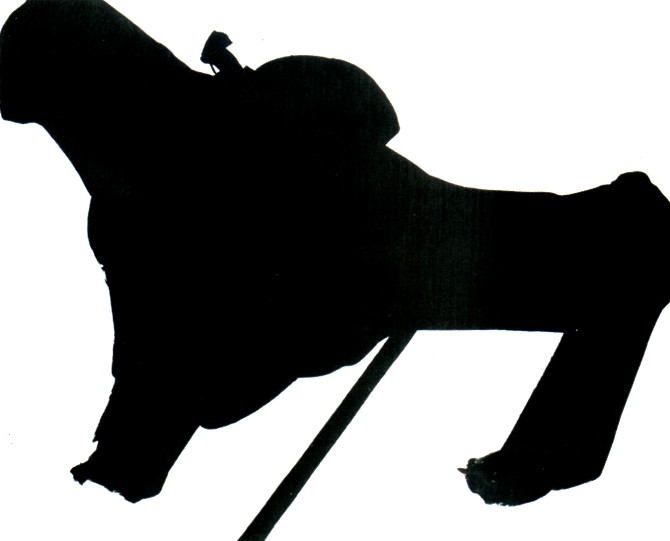
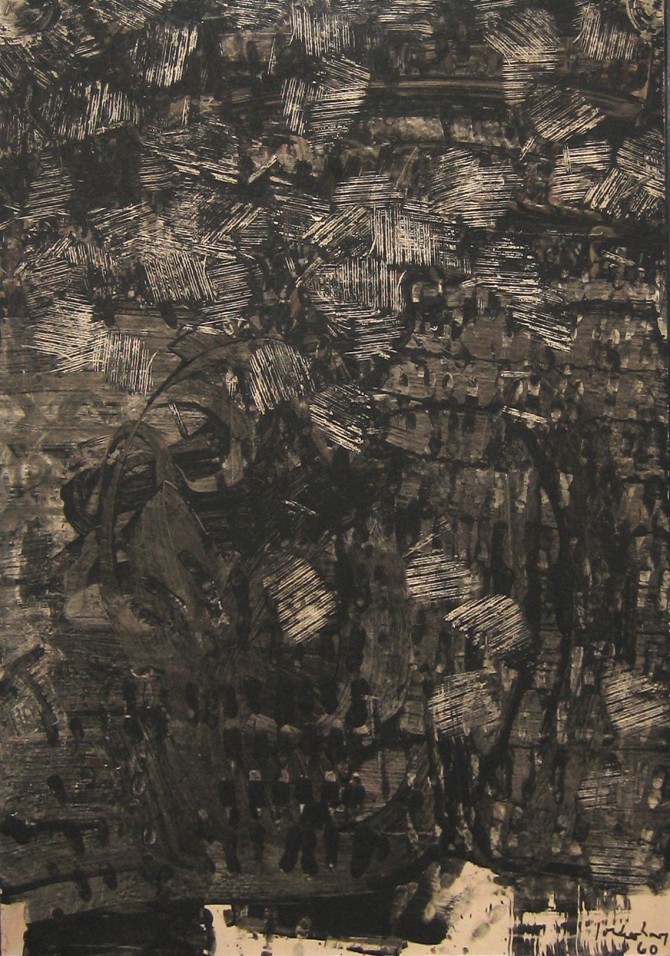
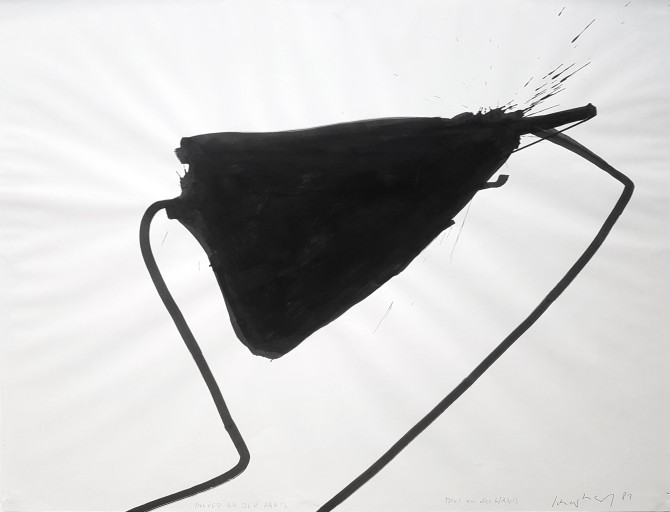
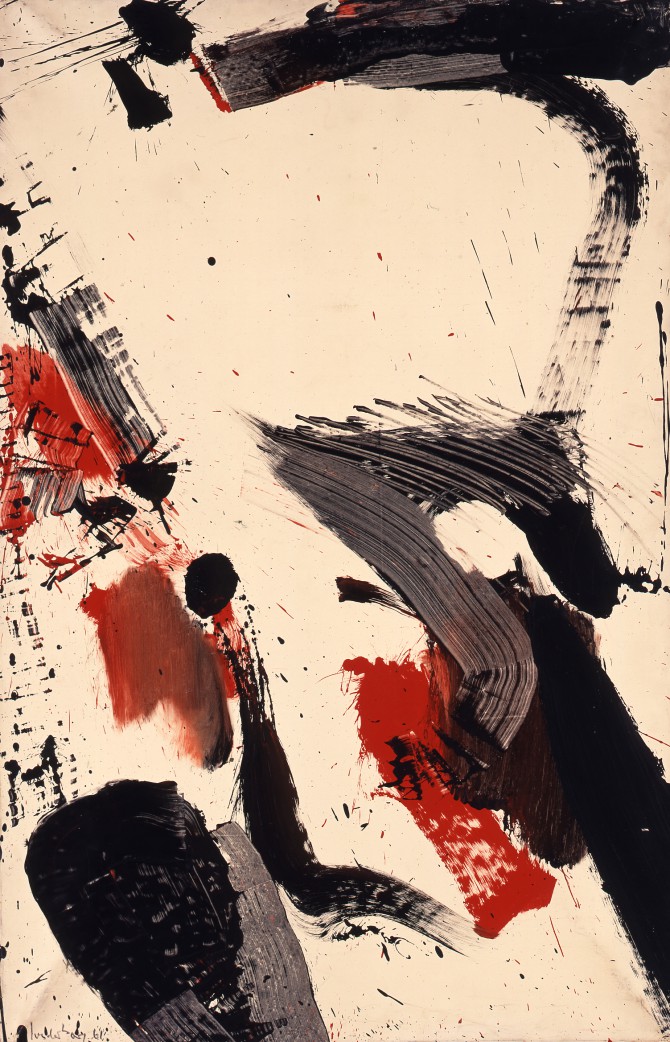
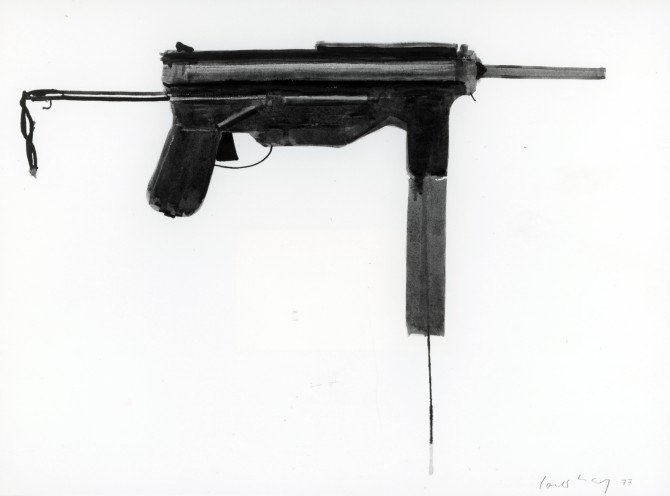
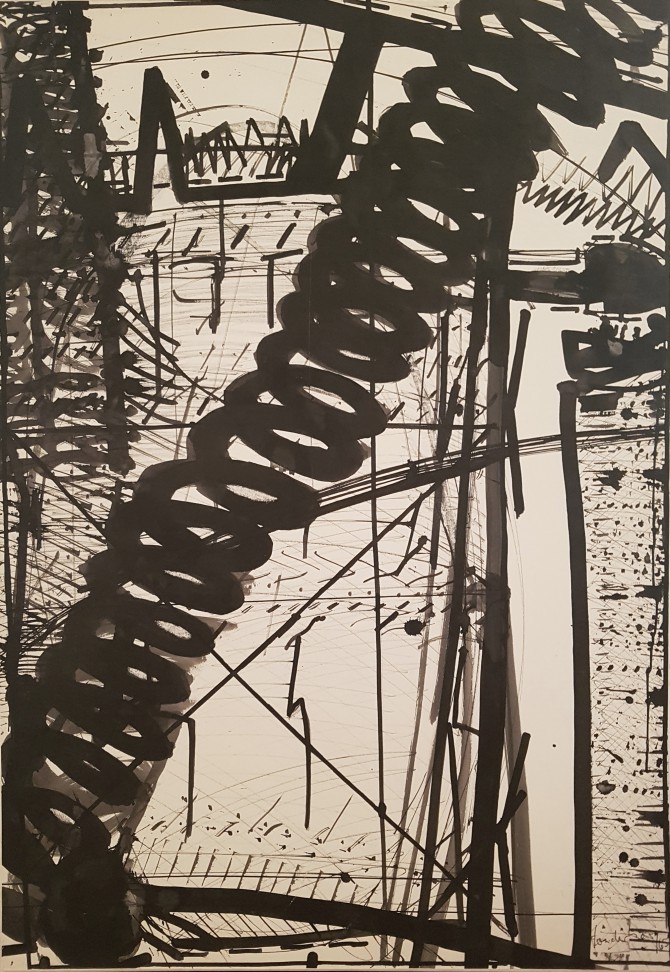
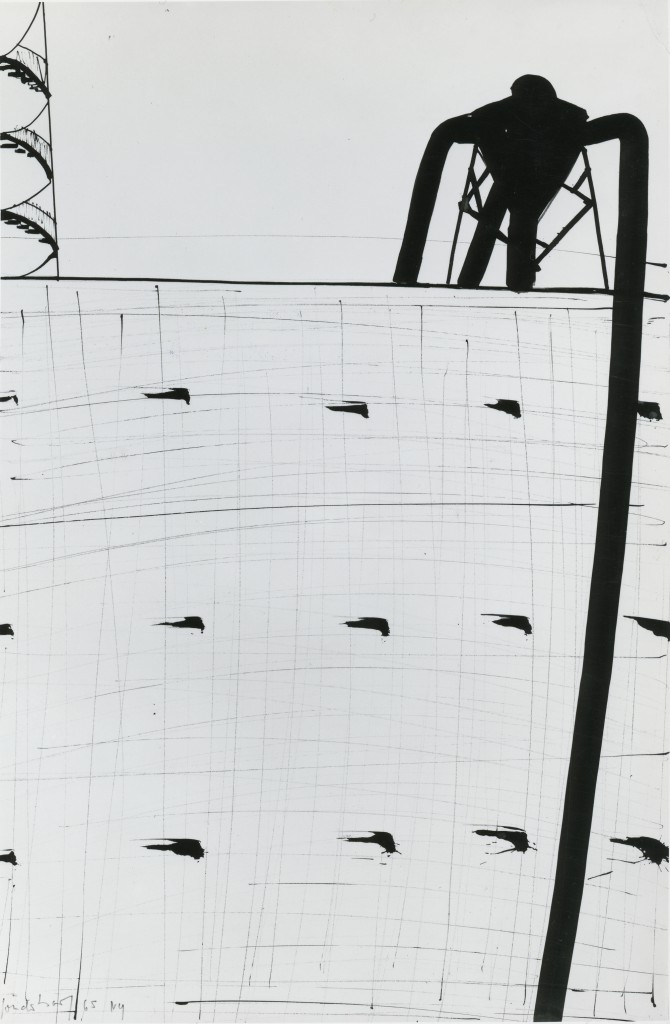
Biography
1938-40 Commercial apprenticeship in Hamburg
1940-41 Gestapo imprisonment
1947-49 Studied painting and graphic art with Willem Grimm at the Hamburg State School of Art
since 1951 name change to K.R.H. Sonderborg
in the 1950s regularly in Paris, he is represented by the Galerie René Drouin
1953 Member of the group "ZEN 49
1955 Scholarship of the Lichtwark Prize Hamburg
Karl-Ernst-Osthaus Prize of the city of Hagen
1958 Moves to Paris. Participates in the 29th Venice Biennale
1959 Participates in documenta 2, Kassel
1960-61 in New York
1963 Grand International Prize for Drawing. Participation in the 7th São Paulo Biennial
1965-90 Professorship at the State Academy of Fine Arts, Stuttgart
1969-70 Visiting professor at the Minneapolis College of Art and Design
1970 Participation in the 36th Venice Biennale
since 1983 Member of the Berlin Academy of Arts
1985 First solo exhibition at the Galerie Georg Nothelfer
1985 Scholarship from the Villa Massimo Rome
1986 Visiting professor at the Art Institute Chicago
since 1987 Studios in Chicago and Berlin
1987 Hans Molfenter Prize of the State Capital Stuttgart
1989 Hans Thoma Prize and State Prize of the State of Baden-Württemberg
1989-95 Member of the Board of Trustees of the Akademie auf Schloss Solitude, Stuttgart
1989 State Prize of the State of Baden-Württemberg
Died 2008 in Hamburg
German Informel is closely associated with K.R.H. Sonderborg. Inspired by the gestural painting of American Abstract Expressionism, his paintings and drawings reveal a fascination with technical constructions and their traces of movement. It shows the form in its process of creation. In doing so, Sonderborg used a spontaneous application of paint. He thus created a dynamic structural system. His brushstrokes were rather strokes with the painting tool, executed in a quick gesture. His preferred colours were black and white with red elements, which he applied with a rubbing or wiping technique. From the 1970s onwards, his work increasingly approached a controlled, almost representational formal language. He limited himself to a few high-contrast colour tones, usually black on white. He distilled motifs from private and press photographs, isolating them from their narrative context and using them as a basic optical structure to inspire him. He remained true to his preference for technical constructions, whereby the graphic structure of car windscreen wipers and overhead cables inspired him just as much as harbour cranes or gas tanks.
Exhibitions
-
Collection Nothelfer. Selection of works from the 1960s to the present
15 November 2025 to 23 January 2026
Galerie
-
ART COLOGNE
6 to 9 November 2025
Köln
-
ART COLOGNE
16 to 19 November 2023
Köln
-
More than 24 #2. Groupshow
10 November 2023 to 1 January 2024
Showroom
-
K.R.H. Sonderborg. copy-paste
28 April to 17 June 2023
Galerie
-
More than 24
2 December 2022 to 28 January 2023
Showroom
-
ART COLOGNE
16 to 20 November 2022
Köln
-
art KARLSRUHE
7 to 10 July 2022
Karlsruhe
-
Kabinettausstellung
13 January to 12 February 2022
Galerie
-
ART COLOGNE
17 to 21 November 2021
Köln
-
Groupshow. All I Think About Is You
30 April to 26 June 2021
Galerie & Showroom
-
K.R.H. Sonderborg. Images
12 September to 24 October 2020
Galerie
-
Gruppenausstellung/Group Show
3 July to 29 August 2020
Galerie
-
Gruppenausstellung/Group Show
29 June to 30 August 2019
Corneliusstraße
-
Accrochage
22 January to 23 February 2019
Corneliusstraße
-
Sommeraccrochage
30 June to 15 September 2018
Corneliusstraße
-
Tachismus - Informel
27 January to 24 February 2018
Corneliusstraße
-
Guppenausstellung/Group exhibition
1 July to 26 August 2017
Corneliusstraße
-
Zeitfenster. Abstrakte Poesie
17 November 2015 to 9 January 2016
Corneliusstraße
-
K.R.H. Sonderborg Bilder, Tuschen, Grafiken.
26 May to 23 June 2012
-
K.R.H. Sonderborg
March 2001
Editions
-
O.T./Untitled, 1969, Litograph, signed by the artist, 76,3 x 56,5 cm, Copies: 300
-
O.T./ Untitled, 1969, Lithograph, signed by the artist, 54 x 74.5 cm, Copies: 100
-
O.T./ Untitled, 1969, Litograph, signed by the artist, 75 x 54 cm, Copies: 100
- More Editionen
Publications
-
Ausstellungskatalog/Exhibition Catalogue, 1991, Edited by Manfred de la Motte/Galerie Georg Nothelfer, Texts by Manfred de la Motte, Anette Michelson, Will Grohmann, Georg W. Költzsch and others, german, 136 pages, 106 ill., 17 colour ill., Edition Galerie Georg Nothelfer, Book series Pentagramm, vol. 5, ISBN 3-87329-914-3, EUR 18
-
Werke 1948 bis 1986, 1987, Edited by Georg-W. Költzsch/Moderne Galerie des Saarland-Museums Saarbrücken, on the occasion of the exhibition from 19 July - 6 September 1987, 191 pages, numerous illustrations., EUR 30
-
Arbeiten auf Papier schwarz/ weiß, 1986, 138 b/w, 206 Pages, EUR 35
- More Publikationen